Subaru cars have a devoted fanbase, despite Subaru itself not being a very large company. In fact, Subaru isn’t even in the top 20 as far as production goes.
So how did Subaru become such a beloved brand? Is it the rally racing history with the WRX? Is it standard all wheel drive in everything from the Legacy to the Forester and beyond? Is it the community, built around everything from motorsports to overlanding?
We’re sure you’ve had some Subaru-specific questions pop up, and since we’re fans of Japan’s boxer-powered brand, we figured we’d share a smattering of info to help you answer that famous question:
What ACTUALLY makes a Subaru…a Subaru?

Why Does Subaru Put a Boxer Engine in Everything?
We’ve talked about boxer engines before, but we’ll bring you up to speed just to be safe. “Boxer” is a nickname derived from the behavior of the pistons in what is technically considered a horizontally-opposed, or “flat” engine. In a boxer, each piston is attached to its own crank pin, with the crank pins arranged 180 degrees relative to each other. This means that two pistons across from each other will move in and out at the same time, as if they were “boxing.”
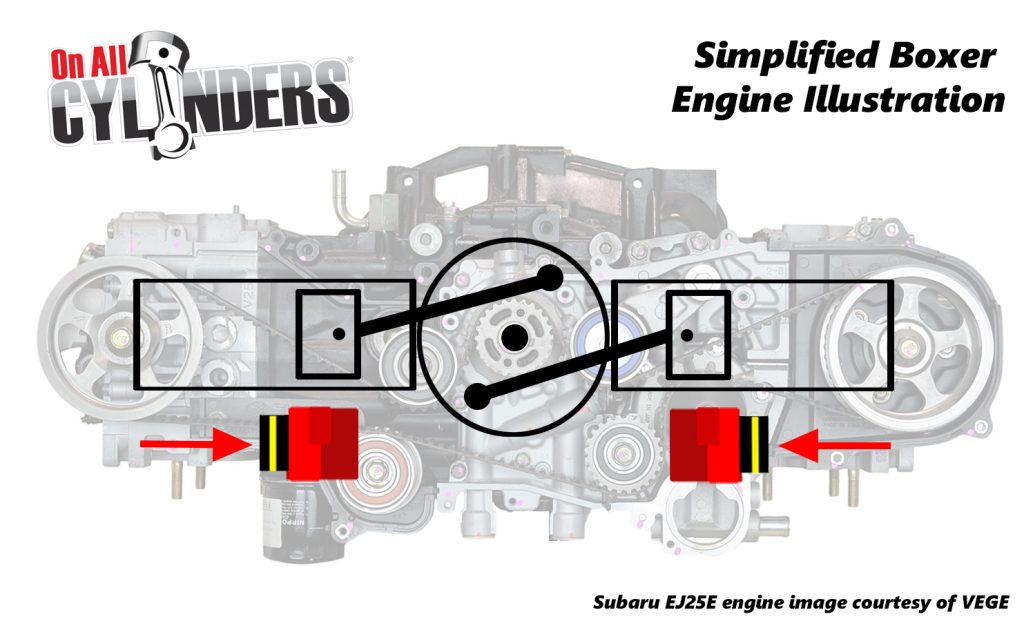
Flat engines have quite a few benefits. Their compact height and overall length allow for some unique packaging traits, allowing for lower hoods and more interior room. They can also be mounted lower in the chassis for an improved center of gravity (and therefore better handling) or they can accommodate improved ground clearance. Additionally, boxer engines are naturally less prone to vibration, since each piston pair cancels out unwanted motion from the other.
And finally, Subarus have had a longstanding, successful lifespan with boxers under the hood, so there’s no reason to change the lineup.
What Makes the Subaru Exhaust Sound so Distinct?
In most cases, Subarus just sound like a normal car. But if we’re talking about the famous Subaru boxer “burble” found on WRXs and other turbo models, there’s a distinct cause: unequal length exhaust (or UEL) manifolds. Normally, to maximize performance, each exhaust manifold runner or header tube is equal in length to maximize scavenging. For many years, turbocharged Subarus used UEL exhausts due to packaging constraints in the engine bay.
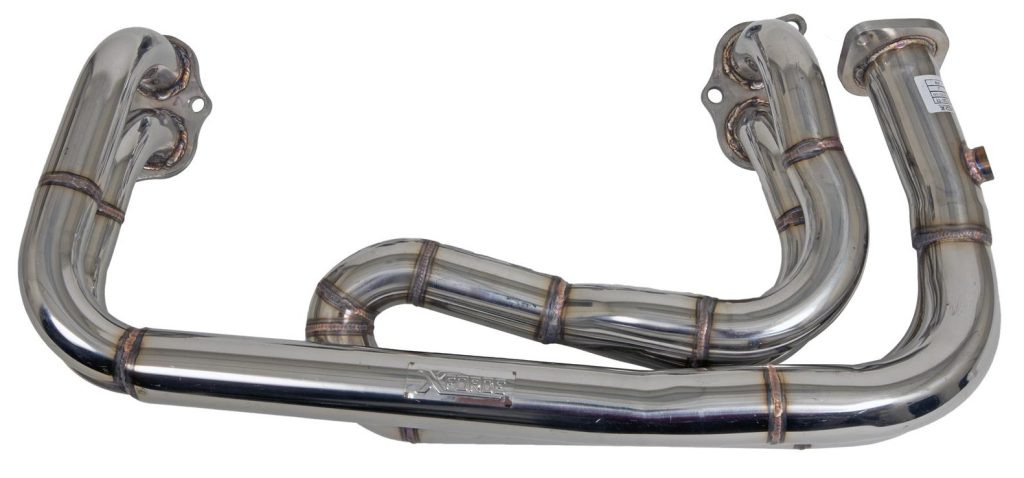
Because the exhaust pulses do not pass through the system in a smooth, consistent pattern, these Subarus produced a deep rumble that became an iconic trait of Subaru performance. The sound is so coveted that even though there are options for better-performing equal-length headers, many companies still produce unequal-length options to facilitate the burble. You can listen to it here in this MBRP video.
What Do the Acronyms WRX & STi Mean?
“WRX” is shorthand for “World Rally eXperimental”, reflecting the Impreza’s role in rally racing, specifically FIA World Rallycross.
“STI” is an acronym for “Subaru Technica International,” Subaru’s in-house racing and development division.

Why Do Some Subarus Have a Hood Scoop?
Some turbocharged Subarus feature a prominent scoop or inlet right on the hood, but it serves a different purpose to what you’d probably expect. Instead of feeding fresh, cold air into the engine, the scoop is directing it down past the intercooler, which is mounted above the engine.
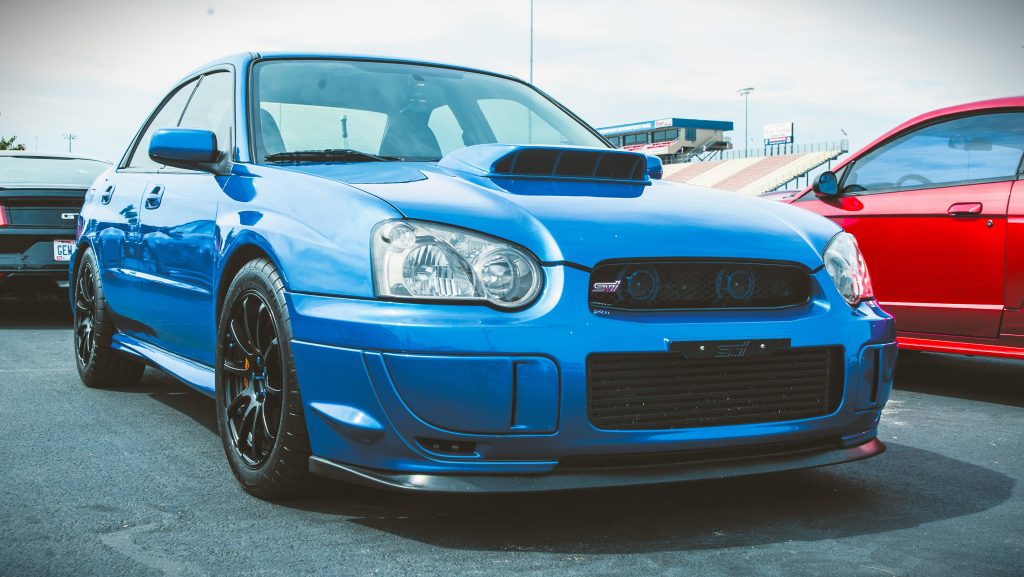
Occasionally, you’ll see the acronyms “TMIC” and “FMIC” thrown around when talking about Subaru performance; these stand for “Top Mount Intercooler” and “Front Mount Intercooler.”
Intercooled Subarus come with a top mount intercooler from the factory, with the primary benefits being a lower production cost, packaging, and a shorter path to the intake (resulting in quicker response).
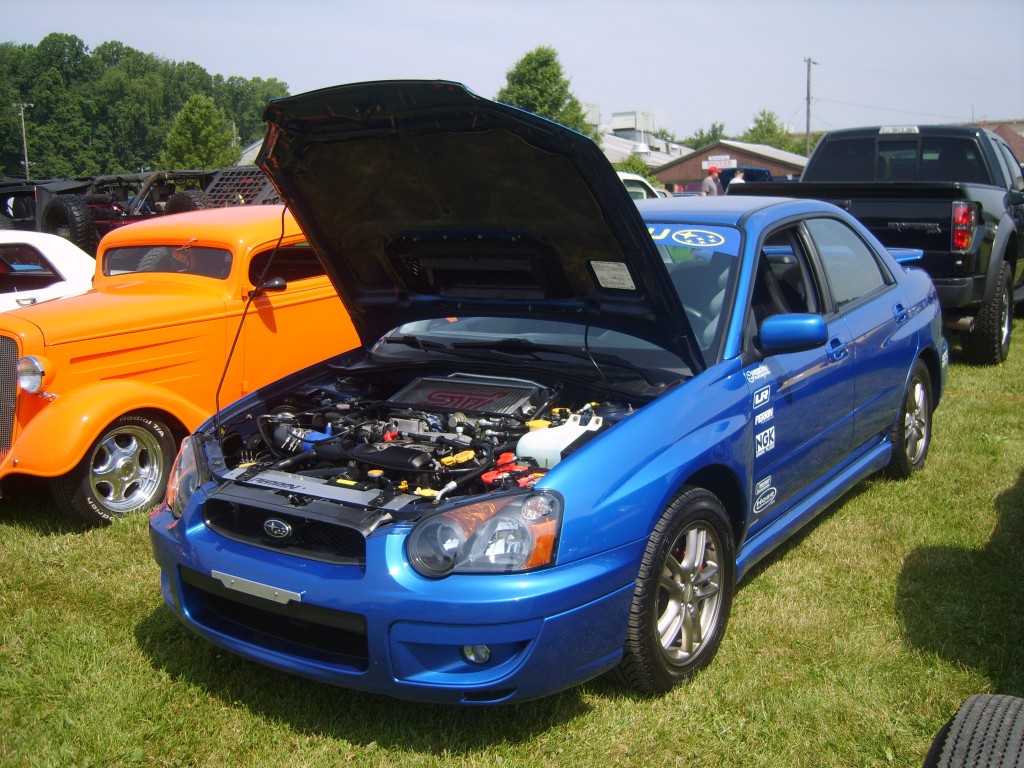
However, it’s not uncommon to see higher-horsepower Subarus equipped with front mount intercoolers due to their ability to support higher power levels thanks to enhanced cooling capacity at the cost of a slightly longer delay in power delivery.
Why Did Subaru Go Rallying?
When car manufacturers want to develop and refine their technology for performance reasons, racing is a surefire way to make it happen while getting public eyeballs on your program, hopefully as they head to victory.

With victory comes sales, and with all wheel drive as a high selling point historically for Subaru, it made sense for Subaru to go rallying.
What the Heck is a Sambar?
You may have seen increased discussions recently about the tiny little Japanese trucks known as kei trucks. The Sambar is one of them, and one of the few Subarus that do not use a boxer engine. “Kei” is actually a Japanese vehicle category for the smallest road-legal vehicles.
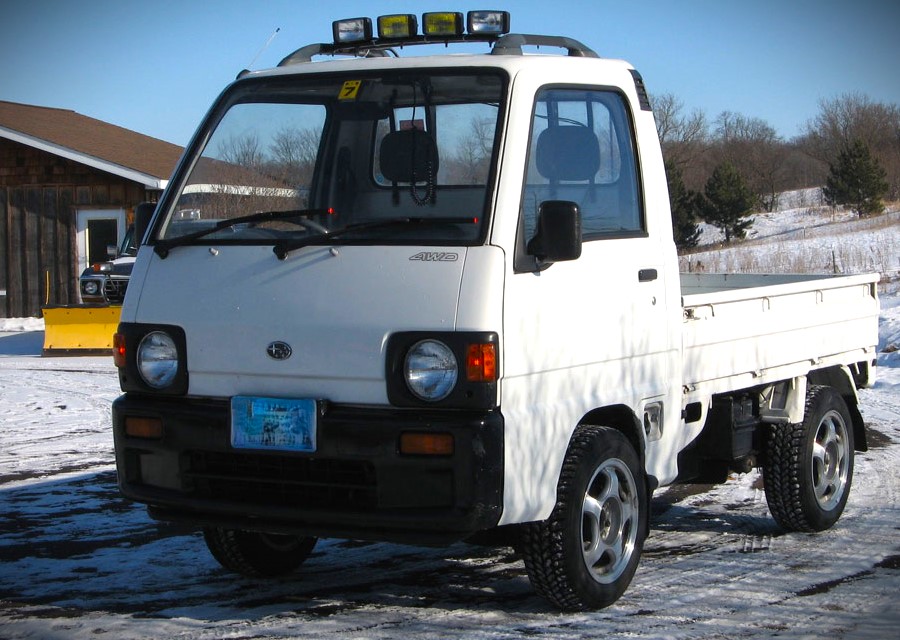
To help stimulate the car industry and vehicle ownership in Japan post World War II, the Japanese government created the kei-car category. These cars were intended to be small, basic transportation for the masses, with imposed size limits, a maximum engine capacity of 150cc or 100cc for two-strokes, and big tax advantages for the consumer. Since then, the size and engine capacity limits have increased, with 660cc as the new engine maximum.
There is a huge variety of kei cars, from tiny two door sports cars up to the increasingly-popular trucks and vans.
If Subarus Are Famous for All-Wheel Drive, What’s with the BRZ?
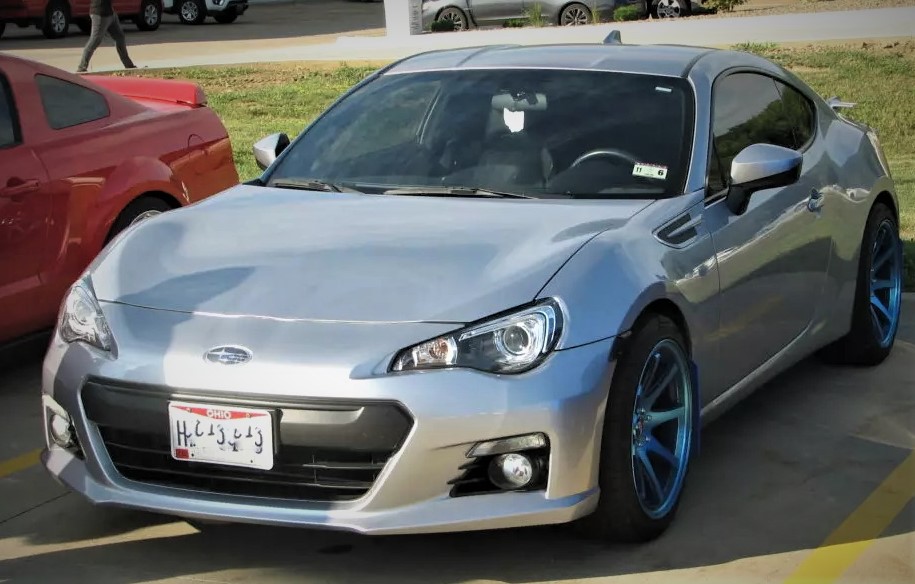
The BRZ is Subaru’s version of the Toyota GR86, or what was introduced originally in the US as the Scion FR-S before switching to Toyota GT86 (and later GR86).
Toyota called on Subaru to jointly develop a spiritual successor to the AE86 Corolla, resulting in two modern front-engine rear wheel drive sports coupes commonly called the “86 Toyobaru Twins”.
The twins share a jointly-developed chassis, with a two liter Subaru FA20 boxer engine topped with Toyota’s D-4S direct and port fuel injection system. Excluding kei cars, the BRZ is Subaru’s only modern rear wheel drive vehicle.
What’s the “Chicken Tax” & How Did it Impact Subaru?
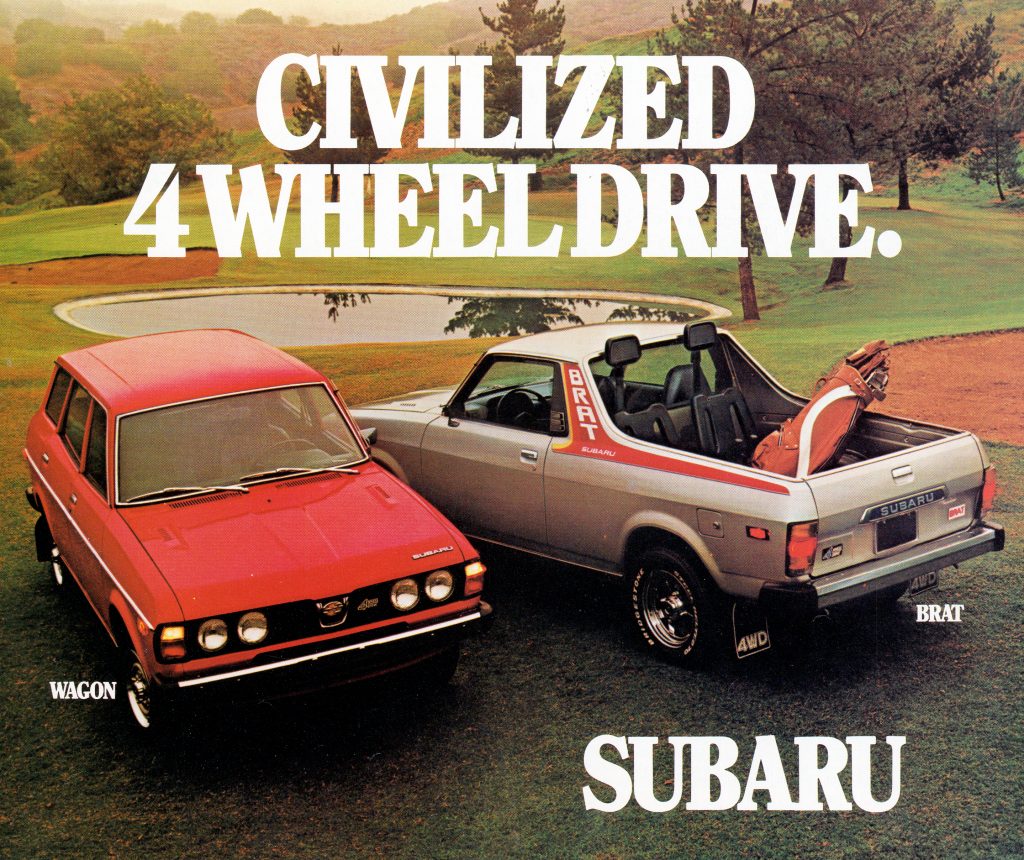
This usually comes about when discussing the crazy “back seats” of the Subaru BRAT, or Bi-drive Recreational All-terrain Transporter.
Those oddball seats were a direct response to the Chicken Tax, a U.S. tariff on potato starch, dextrin, brandy, and light trucks. We won’t get into the political side of that discussion here, but the important thing to know is that over time, the non-vehicle aspects of the tariff were gradually removed, leaving a 25% tariff on light truck imports.
This was directly responsible for the secession of the Volkswagen Type 2 and other foreign light trucks from the US market and is part of the reason the United States doesn’t get trucks like the Toyota Hilux and Nissan Navara.
Instead, overseas companies wanting to sell compact pickups in the U.S. build them in North America, like the Toyota Tacoma and Nissan Frontier (which is a Navarra variant built in the U.S.).
***
So, did we miss anything? Do you have any other questions about Subaru? Maybe you’re considering a Subaru for your next ride, or know somebody who is.
Whatever the reason, let us know what you’re interested in and fire off your burning questions. And if you’ve currently got a Subaru, you can click here to check out all the Subaru parts available at Summit Racing.

Comments